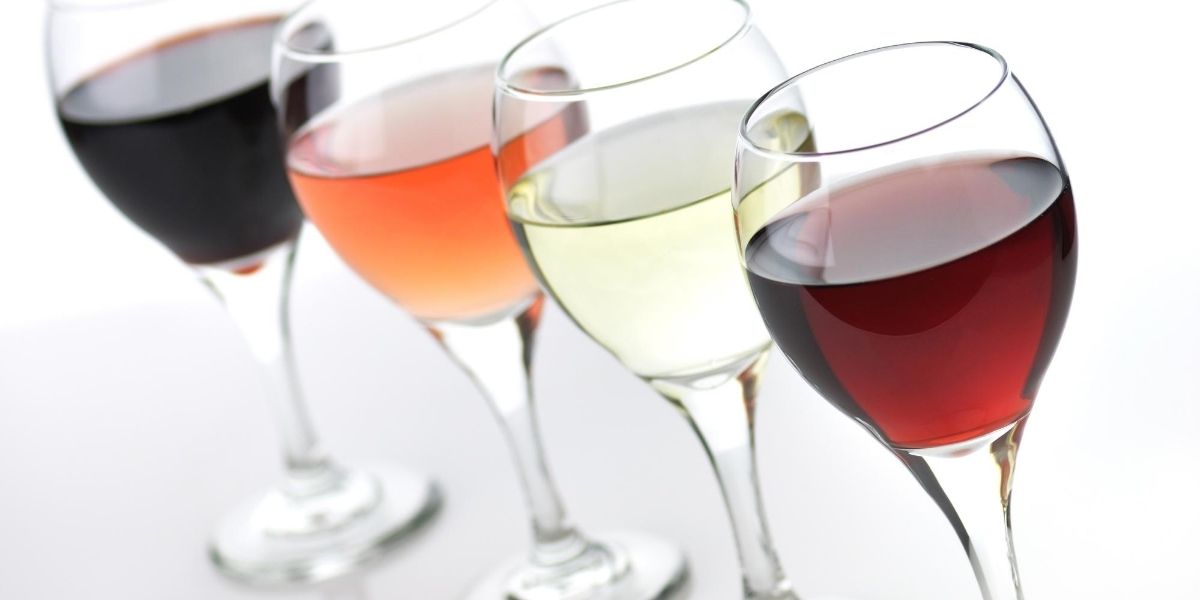Residual Sugar in Wine: What to Know
Different types of wine have varying levels of residual sugar in them. A common misconception is that residual sugar in wine is a marker of quality. That is, the more sugar a wine has, the lower it is in quality. Though it is not indicative of quality in and of itself, the level of residual sugar in wine is an important concept to understand. As you explore different types of wine, you will want to maximize your enjoyment while sticking to any diet plans or simply remaining aware of how much sugar you are consuming.

Residual Sugar in Wine: From Where Does It Come?
So, where does the sugar in your wine come from? Grapes themselves contain sugars known as glucose and fructose. After yeast is introduced into the winemaking process and fermentation is complete, the amount of sugar left over is what we call residual sugar in wine. When wine is chilled with the intention of stopping the fermentation process, the sugar volume is higher, and the alcohol content lower.
If you are wondering how many calories are in your glass of sweet wine, you’ll want to check your brand and varietal for the most accurate count. The number of sugar calories in a glass of sweet wine can range anywhere from 21 to 130 sugar calories (from sweet to very sweet). If you enjoy sweet wines, but you are on a diet like Keto, try inching towards a less-sweet wine like an off-dry, which has 6-21 grams of sugar calories.
Understanding the sugar content of different types of wine is an important consideration for many people. If you savor a glass every once in a while, this may not matter as much. If you like to serve your favorites to friends and family often, and if they have varying health and dietary needs, you’ll want to pay attention to how much sugar you’re pouring.